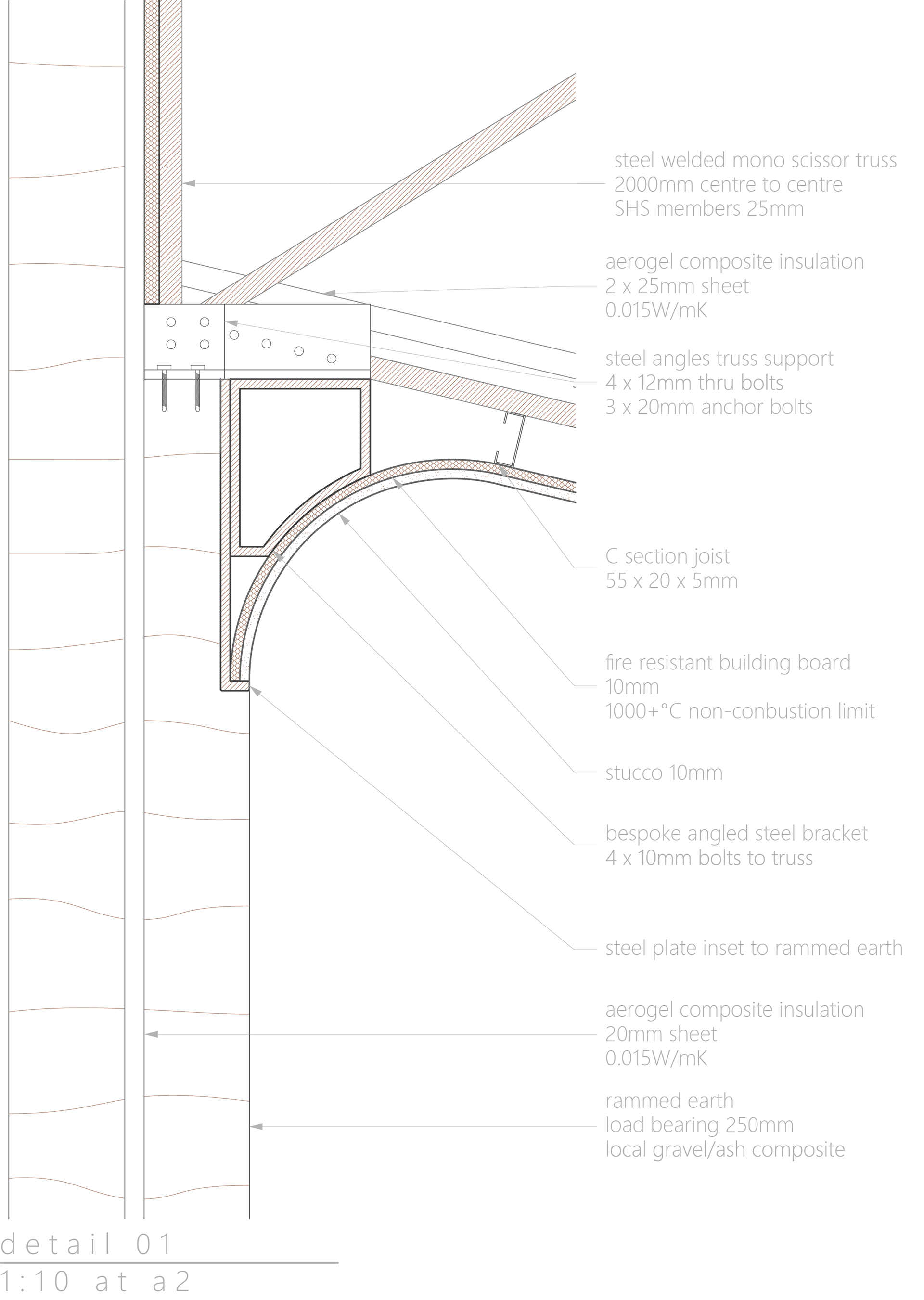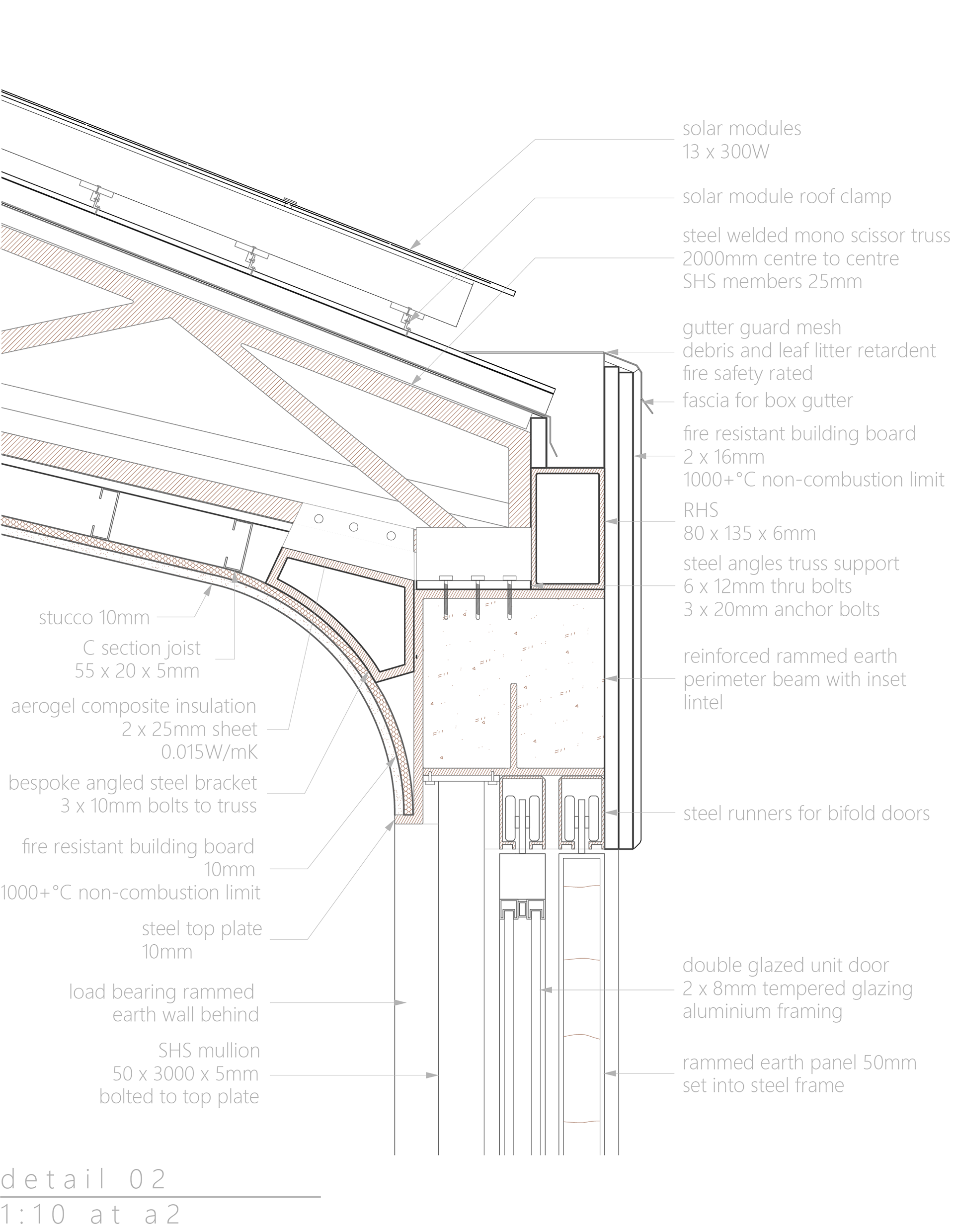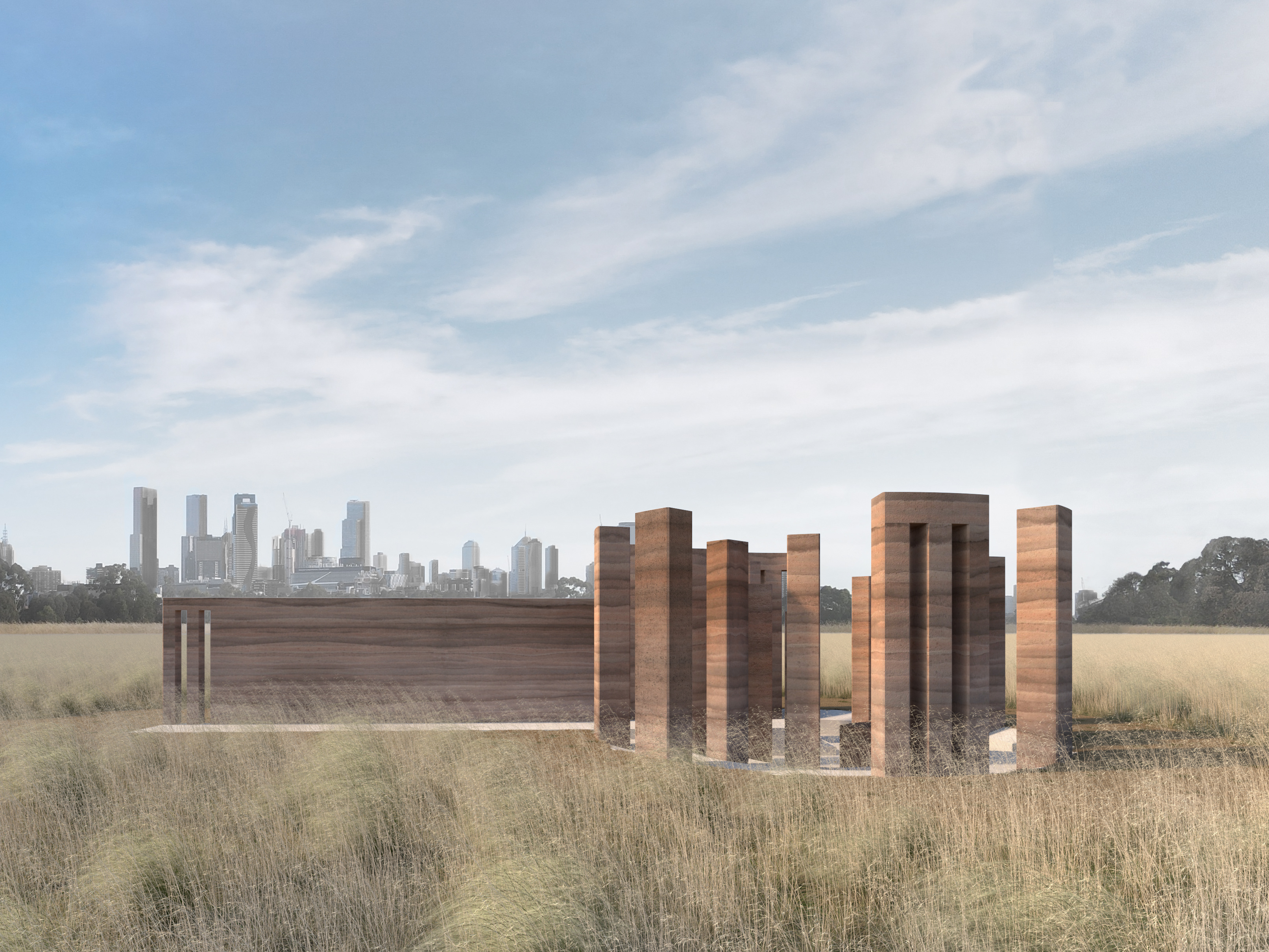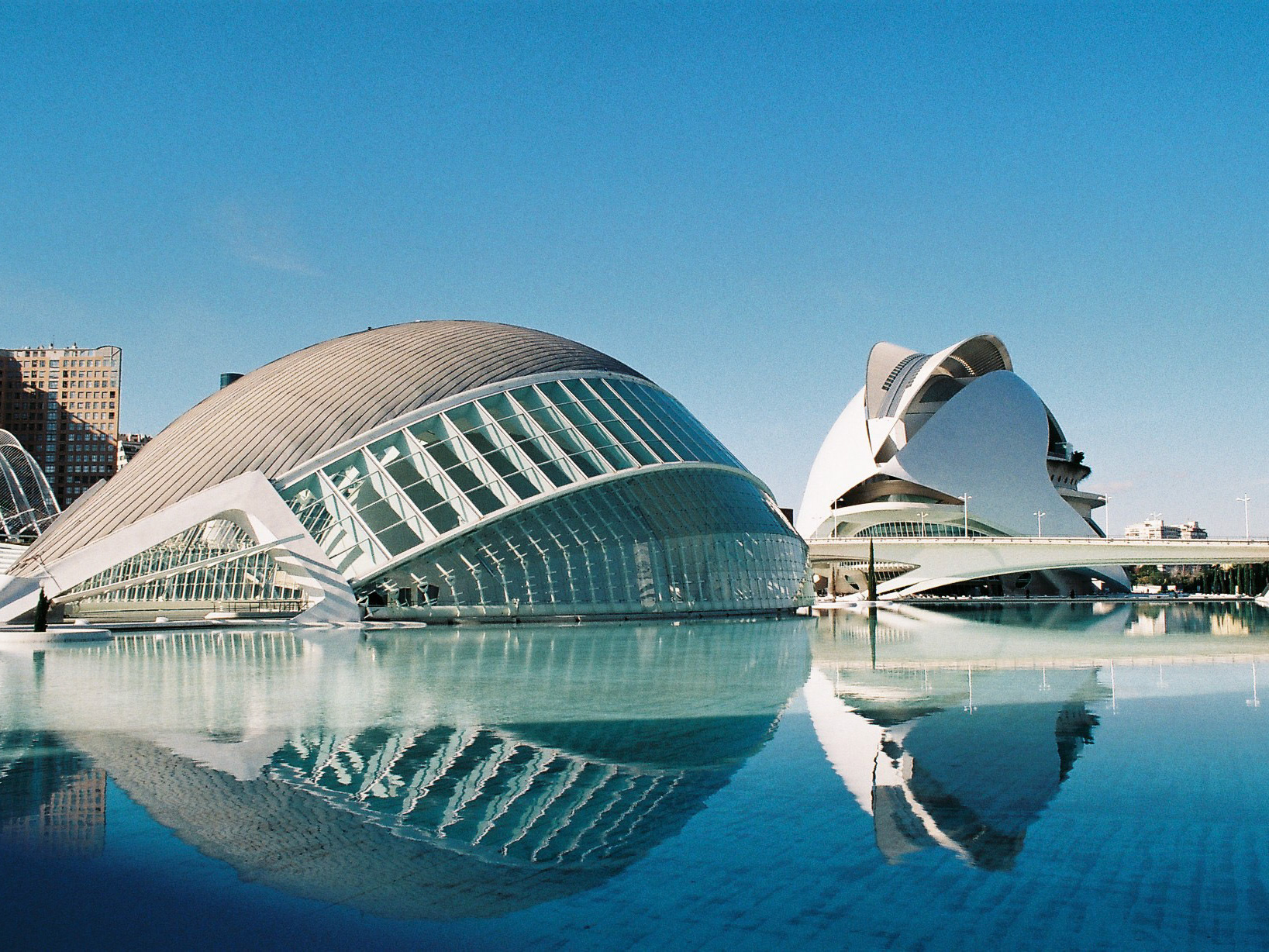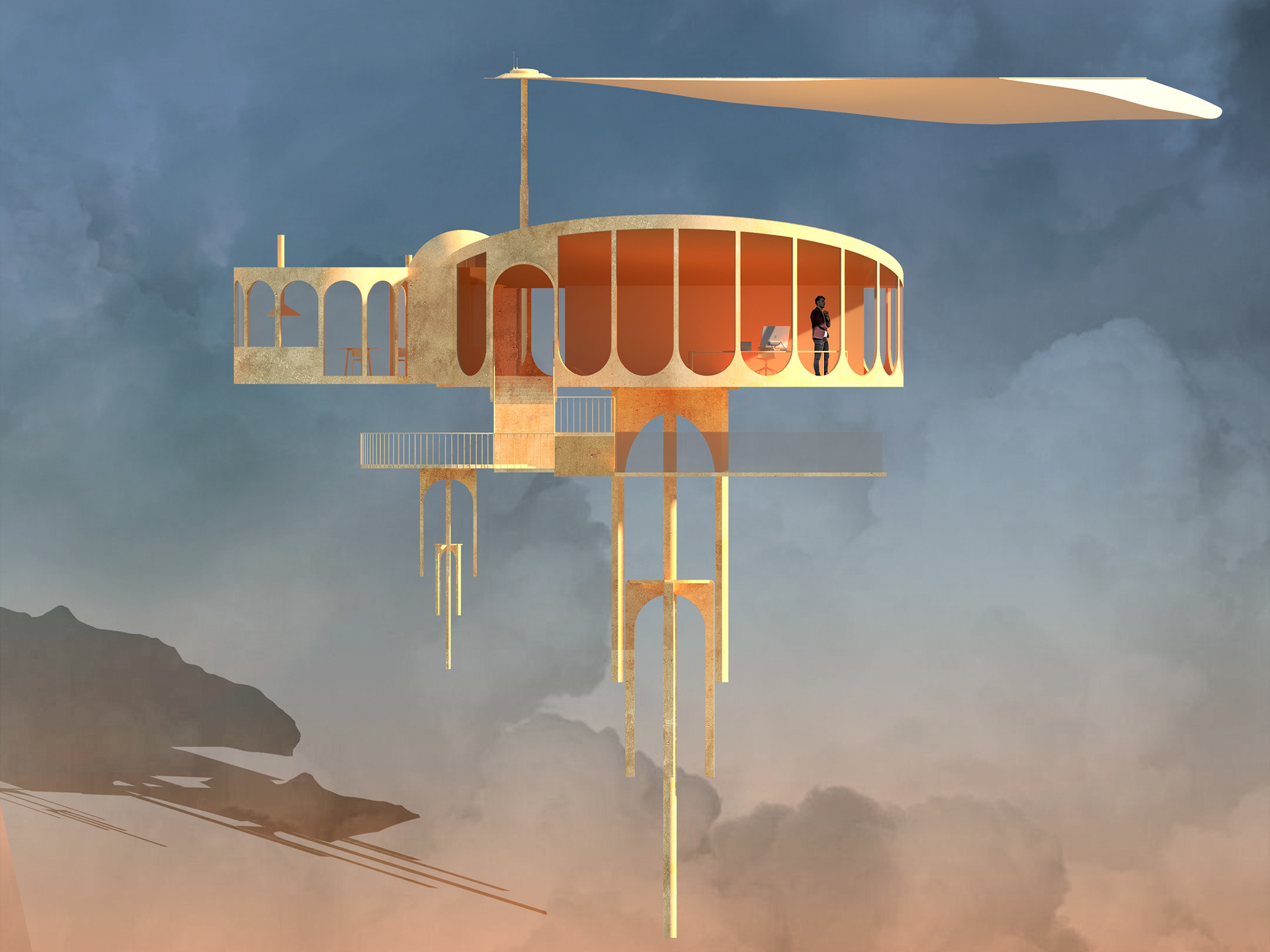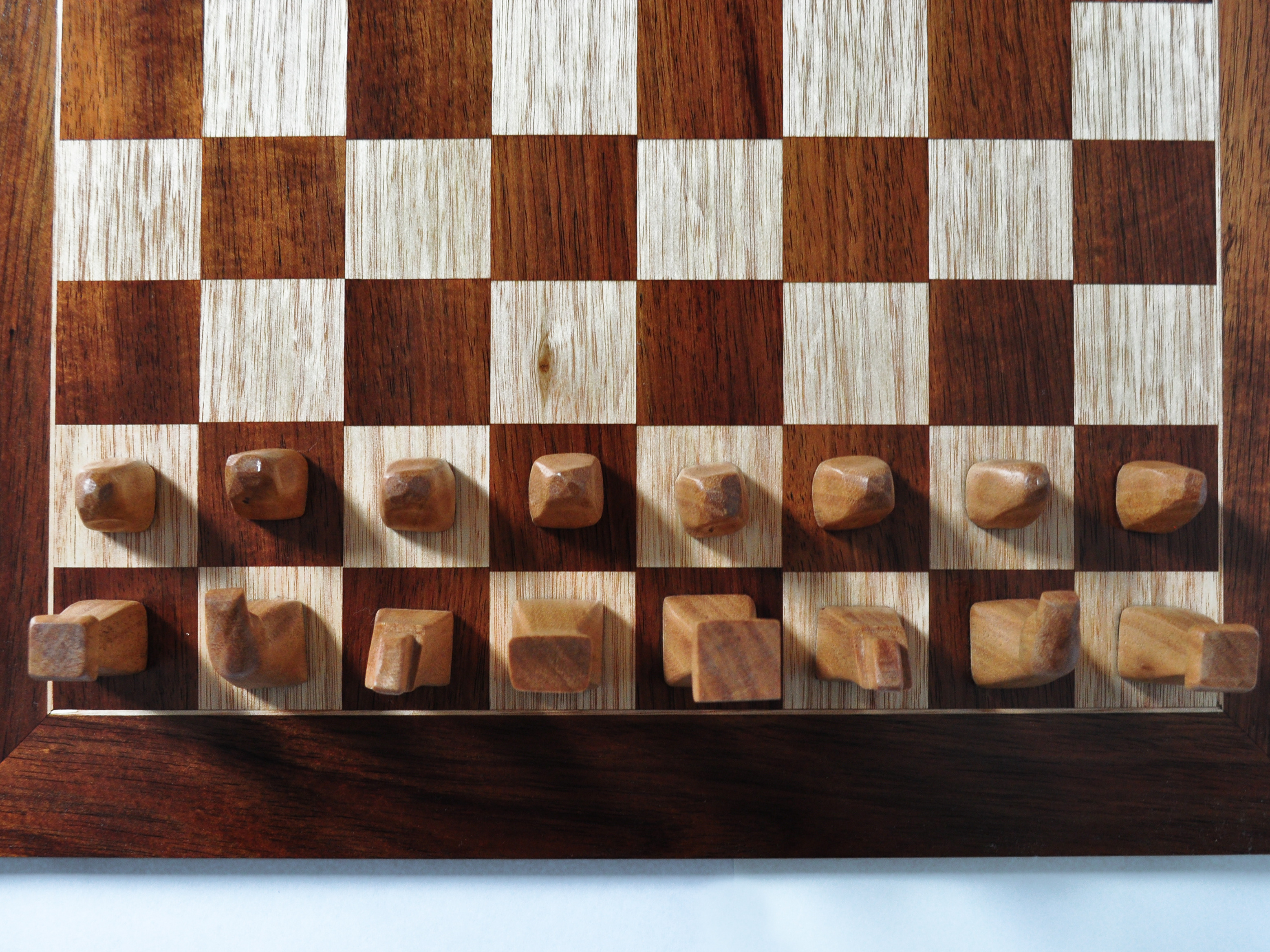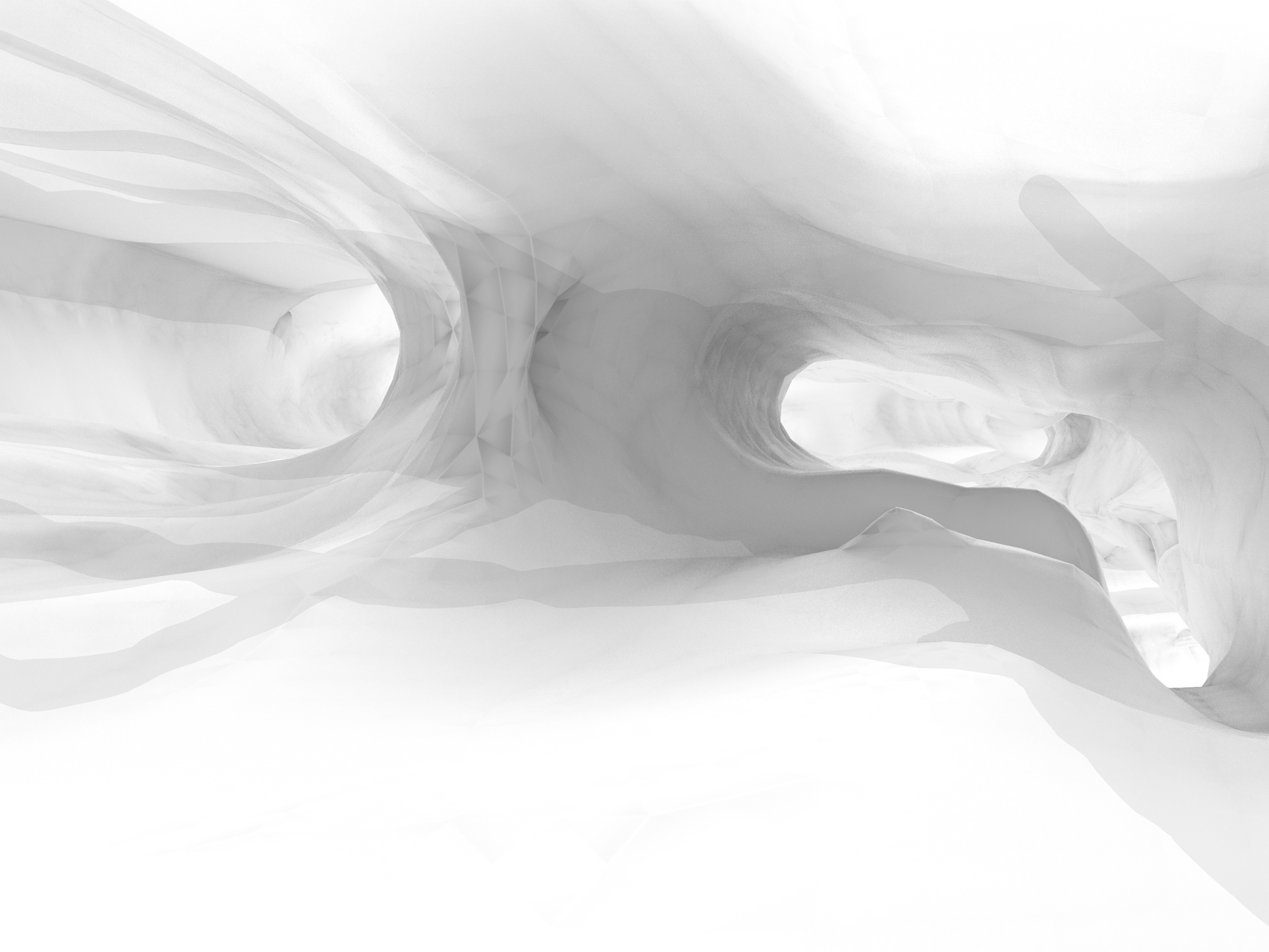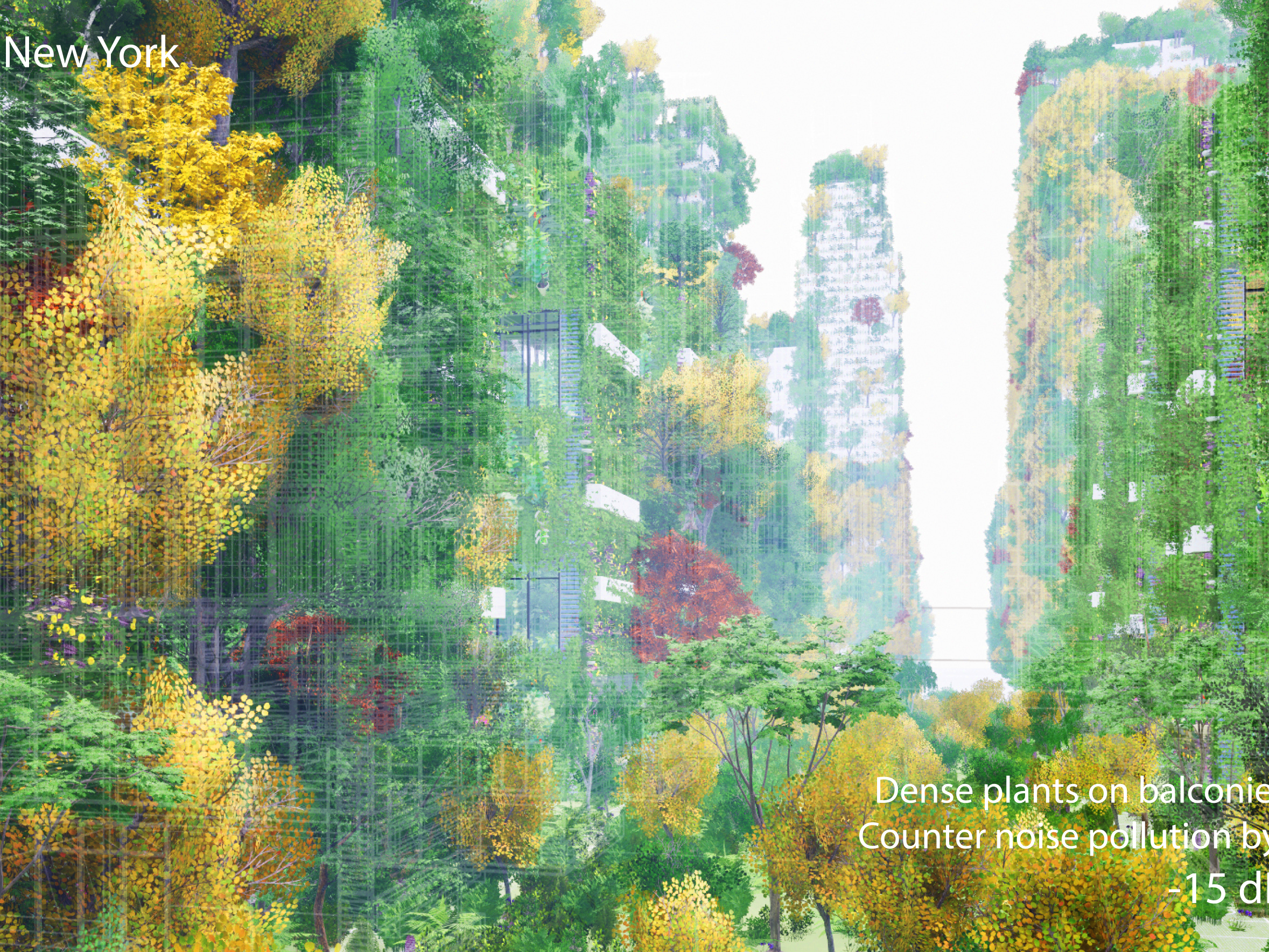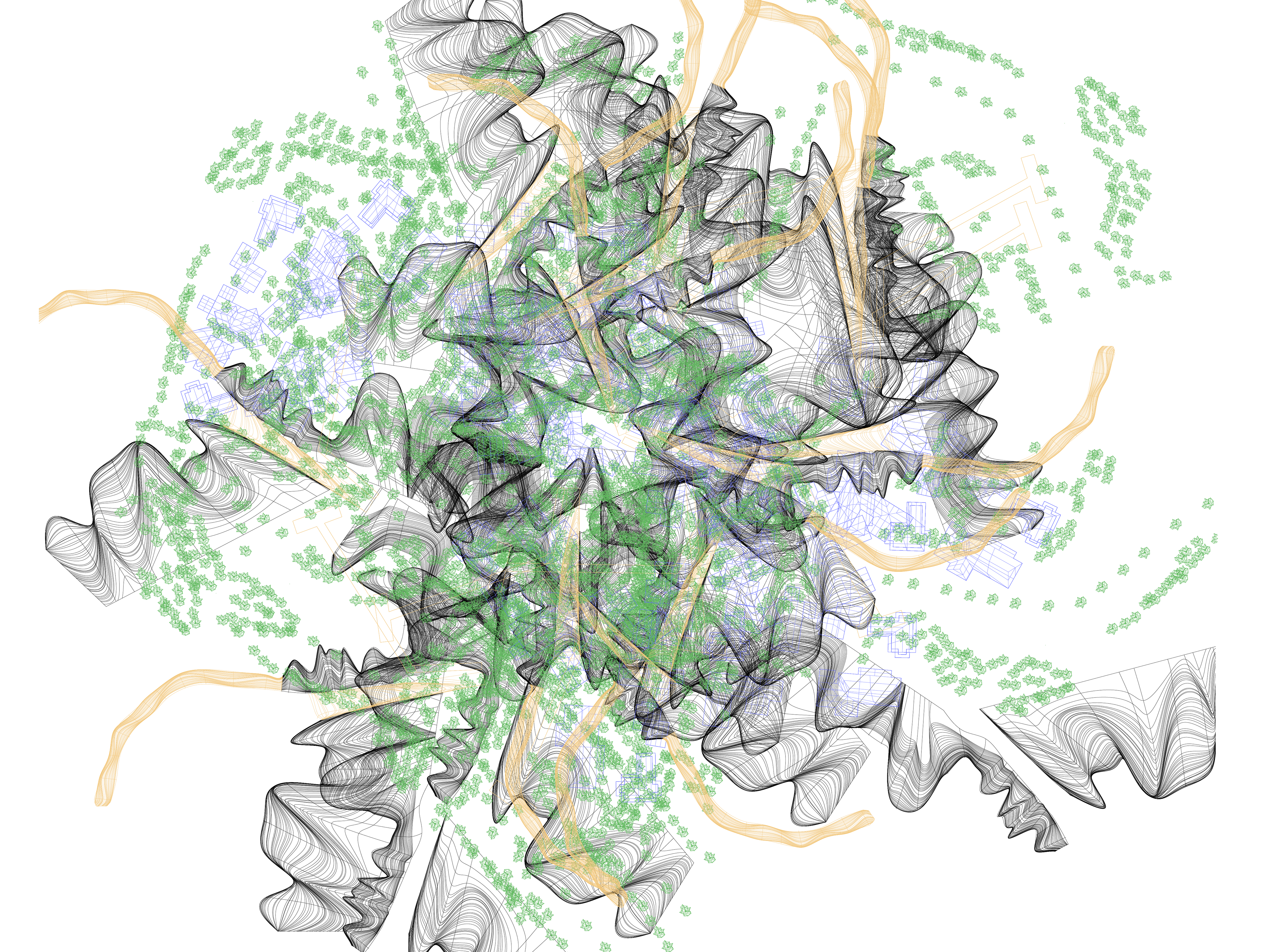Competition: Mircohome 2021
Organisation: Buildner
Involvement: Group Project
Organisation: Buildner
Involvement: Group Project
Waking in the wilderness, the bushland is dense. Our home sits among the old giants, their roots grow deep, and their bark is thick - reminders of the resilience required to survive in this landscape. The air is warming with summer approaching, Urna stirs. The wild around us waits in anticipation for the inevitable desire for economic growth. The giants aren’t worried though, and neither are we. Urna will protect us have passed through. It’ll endure as the smoke germinates the seeds and the foliage emerges from within.the importance of a more conscientious approach to daily habits. Much rural architecture in the Australian bush. The ash forms an urn from the burnt forest, encasing life within its walls.
Waking in the wilderness, the bushland is dense. Our home sits among the old giants, their roots grow deep, and their bark is thick - reminders of the resilience required to survive in this landscape. The air is warming with summer approaching, Urna stirs. The wild around us waits in anticipation for the inevitable fires of the summer. There have been more these last years, unintended consequences of our relentless desire for economic growth. The giants aren’t worried though, and neither are we. Urna will protect us while this magnificent place is reborn from the ashes it evolved with, marked from the previous fires that have passed through. It’ll endure as the smoke germinates the seeds and the foliage emerges from within.
Urna seeks to offer harmonious refuge in the fire-prone Australian bush, while emphasising the importance of a more conscientious approach to daily habits. Much rural architecture in Australia currently lacks consideration of the inevitable fire risk that accompanies remote living. Urna provides a manifestation of what empathetic and fire resilient architecture might embody. The structural elements of the home utilise ash from previous fires in conjunction with local red earth to produce a fire-resistant rammed earth material. The material is both a product of the site and an ontological illustration of the evolutionary participation of fire in the Australian bush. The ash forms an urn from the burnt forest, encasing life within its walls.

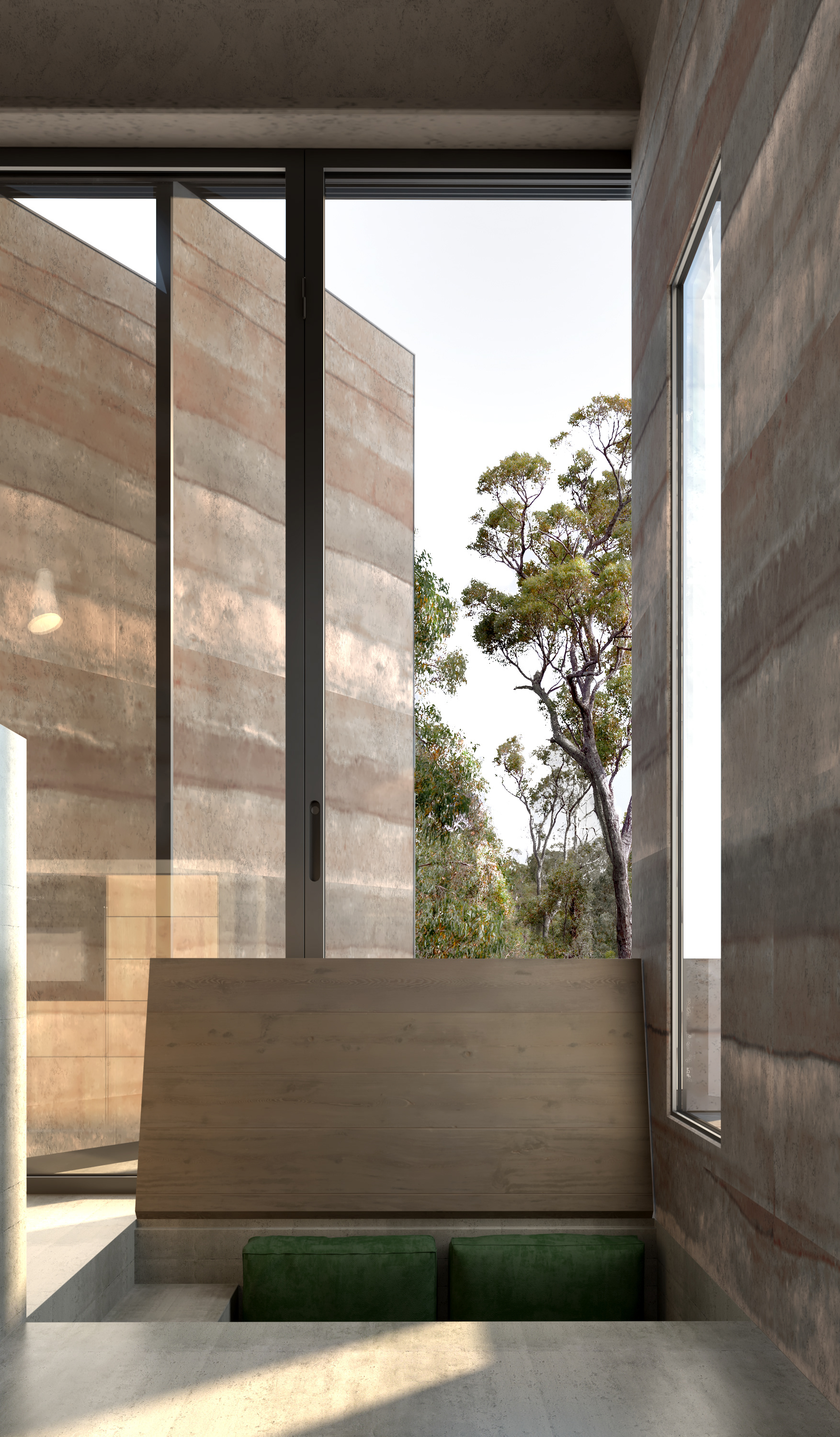
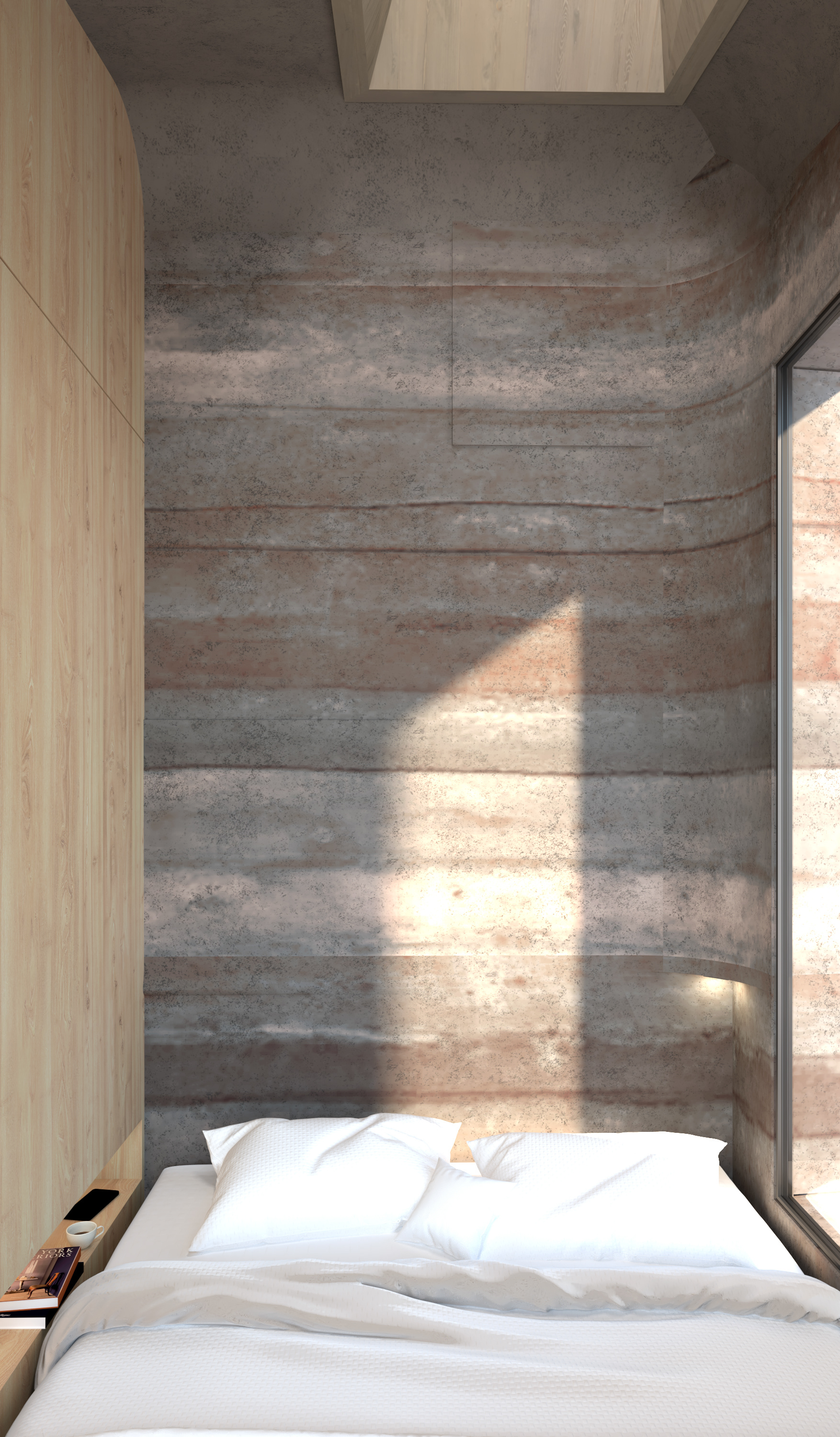
Urna portrays the notion that micro-living is far from the minimisation of a standard residence, rather a curation of a more mindful lifestyle with refined objects and functionality. A conscious decision to reside in a smaller space corresponds with an active commitment to live with less clutter. Habits of consumption are intentionally reduced and a more thoughtful approach to sustainability pervades both the space and the mindset of its inhabitants.
The permanence of space within the dwelling denotes the idea of specific spatial designation. The architecture seeks to utilise space as an individualised functionality wherever possible, resulting in deliberate moments of experiential quality.
Programmatically, the notion of ritual permeates the space. A series of level changes denote progression in alignment with daily practice, while a considered allocation of area signifies hierarchy of program. A linear process between time and space begins in the back-of-house bedroom and bathroom, before descending into the living spaces, which occupy a majority of the usable floor area. Here, inhabitants circulate a central island bench that stores the tools needed for working, cooking and lounging.
In particular, the act of cooking a meal before enjoying it with others is a focal point of this sequence. This practice accentuates the sense of agency that accompanies creation and the gesture of sharing as a moment of harmony.
